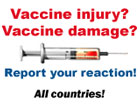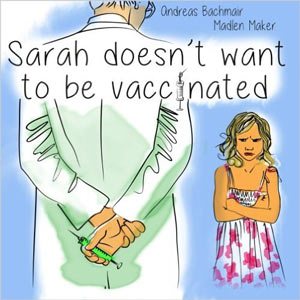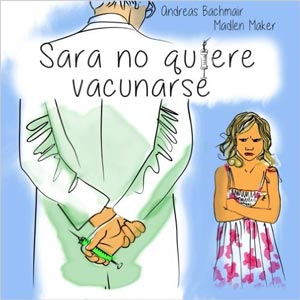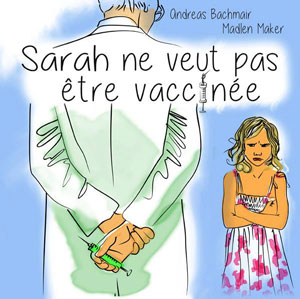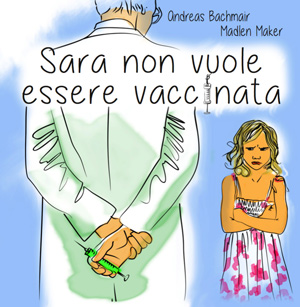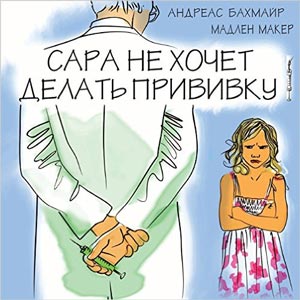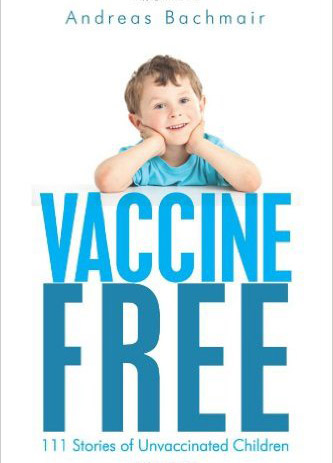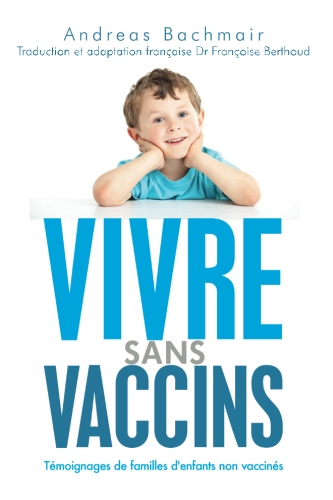Polio Vaccination
Poliomyelitis in Switzerland / Cases per 100000 persons – Deaths per 100000 persons
Source: BAG Federal Office of Health
Two different vaccines are administered today: oral vaccination (Sabin) which is no longer in use in Western industrial nations and inoculation (Salk):
Sabin: This is an oral vaccine with weakened Type I, II and III viruses which are bred on Vero cells. Lacto albumine, antibiotics, amino acids and other compounds are added. It is no longer used in Germany today as the vaccination itself triggered polio in a number of cases (vaccination-associated poliomyelitis).
Salk: Optionally there is another vaccination with inactivated viruses, which is inoculated. It also contains formaldehyde or phenoxyethanol as a conservation compound. This new vaccination cannot cause vaccination polio as it consists of inactivated viruses. This vaccine, however, lacks mucous membrane immunity (Impfen, Routine oder Individualisation, Arbeitsgruppe für differenzierte Impfungen2 Aufl. März 2000, S. 24)
The virus used to be bred on monkeys’ kidneys which meant that it was impossible to prevent that viruses got into the vaccine from the cell cultures. It was the Simian Virus 40 that reached notoriety in this context. According to a report by Shah, Nathanson more than 30 million Americans and more than 100 million worldwide were infected with the Simian Virus (Shah K, Nathanson N.:Human exposure to SV40: review and comment.Am J Epidemiol. 1976 Jan;103(1):1-12). This virus is linked to brain tumors and certain other types of cancer
Immunity
The protection rate for the Salk vaccine is listed as >90%, for the Savin vaccine >95% (Impfreaktionen, Quast, Thilo, Fescharek, HippokratesVerlag 1993, S.111). This protective rate is based on the amount of antibodies that are created by the body after a vaccination. Due to the fact that the antibodies do not represent the sole defense of the organism (cellularly transmitted immunity is what is really important) the figures regarding protection rates can be considered with due skepticism.
What could be problematic about the new Salk vaccine is that a sole vaccination with killed pathogens would only result in insufficient intestinal immunity (the virus enters via the intestines) the poliovirus therefore continues to remain in circulation (Herremans TM, Reimerink JH, Buisman AM, Kimman TG, Koopmans MP.Induction of mucosal immunity by inactivated poliovirus vaccine is dependent on previous mucosal contact with live virus.
J Immunol. 1999 Apr 15;162(8):5011-8.)
The other aspect that is problematic is that the vaccination viruses of the oral vaccine have the ability to mutate into polio viruses in sewages and that they can circulate there (Yoshida H, Horie H, Matsuura K, Miyamura T.:Characterisation of vaccine-derived polioviruses isolated from sewage and river water in Japan. Lancet. 2000 Oct 28;356(9240):1461-3.) The viruses are not only capable of mutating in sewages, they can mutate back to a wild virus in the intestines of people who have just been vaccinated.(Impfen, Routine oder Individualisation, Arbeitsgruppe für differenzierte Impfungen2 Aufl. März 2000, S. 26)
Eckard Wimmer has noted the WHO’s current policy calls for cessation of OPV vaccination three years after the last case of poliovirus-caused poliomyelitis. Injectable polio vaccine (IPV) will replace OPV in countries which can afford it. The risks inherent in this strategy are immense. Herd immunity against poliomyelitis will rapidly decline as new children are born who have not been infected with wild-type viruses or were not vaccinated, a situation that has never existed in human history. Thus, any outbreak of poliomyelitis will be disastrous, whether it is caused by residual samples of virus stored in laboratories, by vaccine-derived polioviruses, or by poliovirus that is chemically synthesised with malignant intent(Neetu Vashisht, Jacob Puliyel: Polio programme: let us declare victory and move on. Indian Journal of Medical Ethics Vol IX No 2 April-June 2012)
Side effects, vaccine complications and vaccine damages of Polio vaccine
Influenza-like symptoms include diarrhoea and paralysis. Polio does not occur frequently after an oral vaccine, but it is possible. What is problematic is the danger of contagion caused by people who have recently been vaccinated. The danger exists approximately 1 week to 2 months after the vaccination. In the 90s there were more cases of vaccination polio than genuine cases of polio in Europe and in the U.S. There were a number of reports on vaccine polio in people who had been infected with the virus by people who had recently been vaccinated den (Martin Hirte: Impfen : Pro und Contra, S. 123)
Arzneitelegramm (11/23/1999) included descriptions of individual cases of Vasculitis, Purpura, Bell’s syndrome, paeresthesia, cri encephalique and articular effusion.
But since the vaccine only appears in combination vaccines it is impossible to distinguish which vaccine is responsible for potential complications.
There can be neurological side effects due to the fact that poliomyelitis afflicts the nervous system. Dr. Ehrengut, an expert, reports of Guillain Barré Syndrome, paralysis and cramps after oral vaccinations and inoculations. (Erfahrungen eines Gutachters über Impfschäden in der BRD von 1955-2004, Wolfgang Ehrengut, S.37-42, 61-72) Long-term trials have not been conducted yet.
From 1956 to 1966 there were a large number of cases of SSPE (sub acute sklerosizing pan encephalitis). This disease leads to a slow destruction of the brain of people who have contracted the disease. The mass vaccinations as of 1956 with the Salk vaccine (inoculation) were blamed for the great outbreak (more than 100 times as big as expected). Quote:" The administration of the Salk vaccine in New Zealand was linked to SSPE. The thought that an unusual reaction to measles (see measles) is the sole case for SSPE cannot be reconciled with our observations in New Zealand. (Baguley DM, et al, 1973, Lancet,.October 6, 763-765)
In India there has been a huge increase in non-polio acute flaccid paralysis (NPAFP). In 2011, there were an extra 47,500 new cases of NPAFP. Clinically indistinguishable from polio paralysis but twice as deadly, the incidence of NPAFP was directly proportional to doses of oral polio received.
Nationally, the non-polio AFP rate is now 12 times higher than expected. In the states of Uttar Pradesh (UP) and Bihar, which have pulse polio rounds nearly every month, the non-polio AFP rate is 25- and 35-fold higher than the international norms.(Neetu Vashisht, Jacob Puliyel: Polio programme: let us declare victory and move on. Indian Journal of Medical Ethics Vol IX No 2 April-June 2012)



